Invisibility cloak might enhance efficiency of solar cells
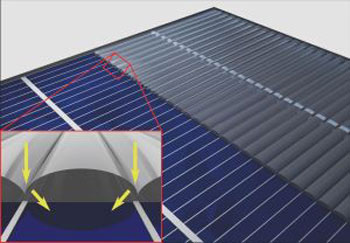 Optical invisibility cloaks guide sunlight around objects that cast a shadow on the solar panel, such as contacts for current extraction.
Optical invisibility cloaks guide sunlight around objects that cast a shadow on the solar panel, such as contacts for current extraction.
Sep 30th, 2015
Read more
 Optical invisibility cloaks guide sunlight around objects that cast a shadow on the solar panel, such as contacts for current extraction.
Optical invisibility cloaks guide sunlight around objects that cast a shadow on the solar panel, such as contacts for current extraction.
Sep 30th, 2015
Read more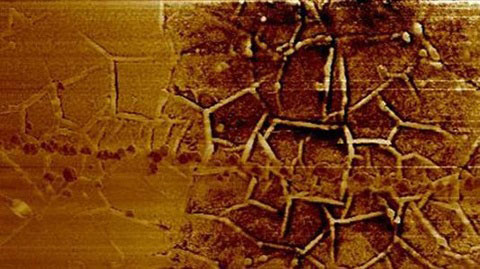 Researchers have demonstrated a technique for creating dynamic patterns on graphene surfaces. The patterns could be used to make reconfigurable electronic circuits, which evolve over a period of hours before ultimately disappearing into a new electronic state of the graphene.
Researchers have demonstrated a technique for creating dynamic patterns on graphene surfaces. The patterns could be used to make reconfigurable electronic circuits, which evolve over a period of hours before ultimately disappearing into a new electronic state of the graphene.
Sep 29th, 2015
Read more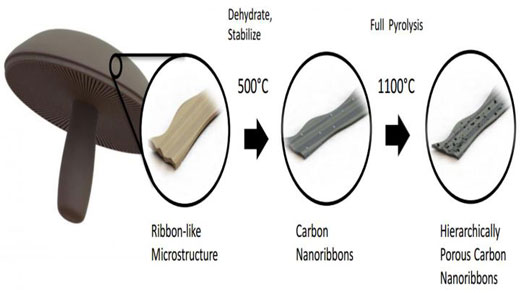 Porous structure of portabella mushrooms is key to making efficient batteries that could power cell phones and electric vehicles.
Porous structure of portabella mushrooms is key to making efficient batteries that could power cell phones and electric vehicles.
Sep 29th, 2015
Read more Scientists have developed a new class of molecular motors that rotate unidirectionally at speeds of up to 1 kHz when exposed to sunlight at room temperature. This unique combination of features opens up novel applications in nano-engineering.
Scientists have developed a new class of molecular motors that rotate unidirectionally at speeds of up to 1 kHz when exposed to sunlight at room temperature. This unique combination of features opens up novel applications in nano-engineering.
Sep 29th, 2015
Read more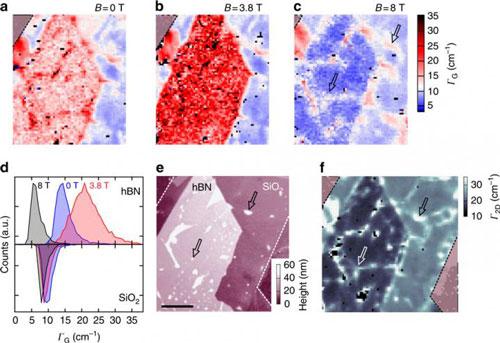 This week, an international group of scientists is reporting a breakthrough in the effort to characterize the properties of graphene noninvasively while acquiring information about its response to structural strain.
This week, an international group of scientists is reporting a breakthrough in the effort to characterize the properties of graphene noninvasively while acquiring information about its response to structural strain.
Sep 29th, 2015
Read more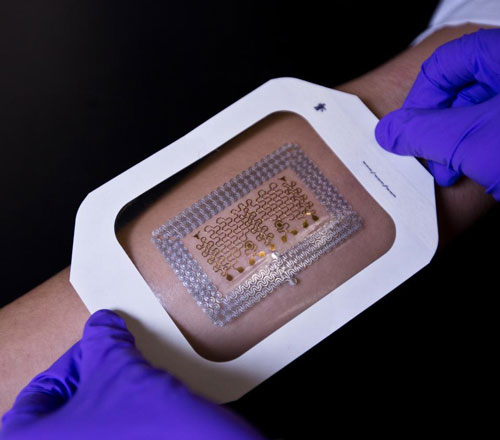 Researchers have invented a method for producing inexpensive and high-performing wearable patches that can continuously monitor the body's vital signs for human health and performance tracking, potentially outperforming traditional monitoring tools such as cardiac event monitors.
Researchers have invented a method for producing inexpensive and high-performing wearable patches that can continuously monitor the body's vital signs for human health and performance tracking, potentially outperforming traditional monitoring tools such as cardiac event monitors.
Sep 29th, 2015
Read more Using the latest laser techniques, many surfaces of existing products can be accurately treated. The technique can replace the special coatings that are currently applied to existing materials for surface improvement.
Using the latest laser techniques, many surfaces of existing products can be accurately treated. The technique can replace the special coatings that are currently applied to existing materials for surface improvement.
Sep 29th, 2015
Read more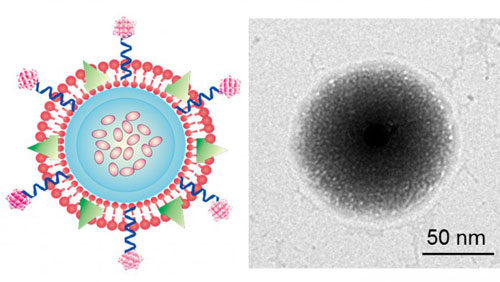 Researchers have for the first time developed a technique that coats anticancer drugs in membranes made from a patient's own platelets, allowing the drugs to last longer in the body and attack both primary cancer tumors and the circulating tumor cells that can cause a cancer to metastasize. The work was tested successfully in an animal model.
Researchers have for the first time developed a technique that coats anticancer drugs in membranes made from a patient's own platelets, allowing the drugs to last longer in the body and attack both primary cancer tumors and the circulating tumor cells that can cause a cancer to metastasize. The work was tested successfully in an animal model.
Sep 29th, 2015
Read more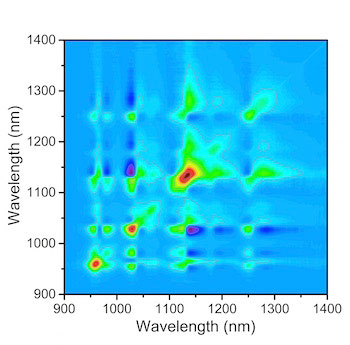 In a great example of 'less is more', scientists have developed a powerful method to analyze carbon nanotubes in solution.
In a great example of 'less is more', scientists have developed a powerful method to analyze carbon nanotubes in solution.
Sep 29th, 2015
Read more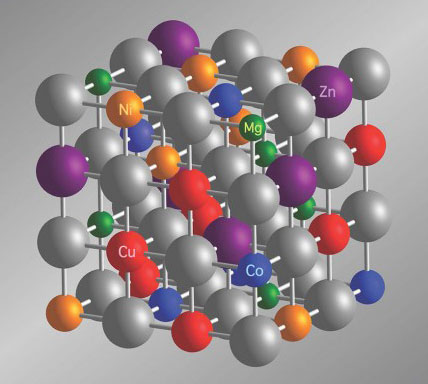 Researchers have created the first entropy-stabilized alloy that incorporates oxides - and demonstrated conclusively that the crystalline structure of the material can be determined by disorder at the atomic scale rather than chemical bonding.
Researchers have created the first entropy-stabilized alloy that incorporates oxides - and demonstrated conclusively that the crystalline structure of the material can be determined by disorder at the atomic scale rather than chemical bonding.
Sep 29th, 2015
Read more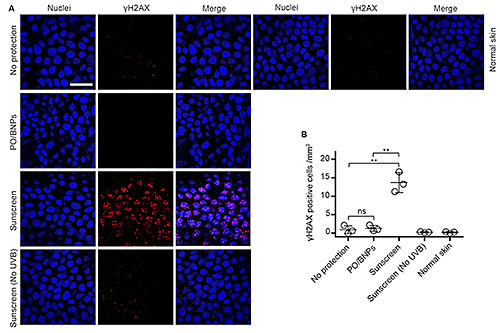 Scientists have developed a new sunblock, made with bioadhesive nanoparticles, that stays on the surface of the skin.
Scientists have developed a new sunblock, made with bioadhesive nanoparticles, that stays on the surface of the skin.
Sep 29th, 2015
Read moreNeurons thrive and grow in a new type of nanowire material. In time, the results might improve both neural and retinal implants, and reduce the risk of them losing their effectiveness over time, which is currently a problem.
Sep 29th, 2015
Read more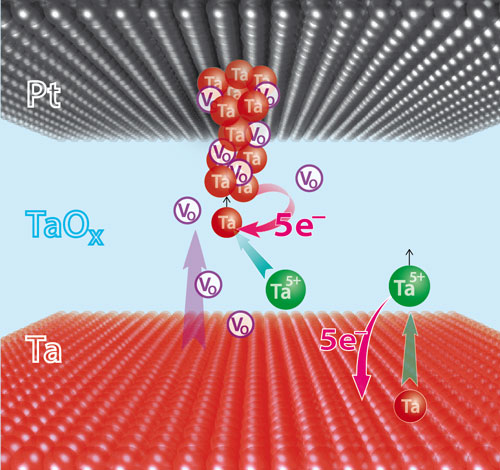 Researchers discovered an unexpected second switching process in valence change memory (VCM): metal ions also help to form filaments in VCMs.
Researchers discovered an unexpected second switching process in valence change memory (VCM): metal ions also help to form filaments in VCMs.
Sep 29th, 2015
Read more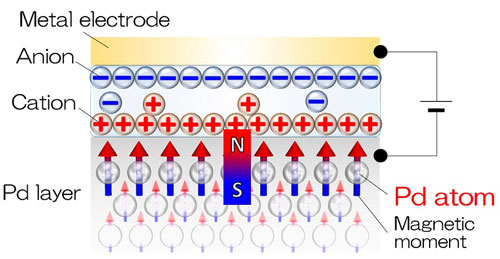 This research demonstrates the possibility of electrically inducing magnetism in non-magnetic materials.
This research demonstrates the possibility of electrically inducing magnetism in non-magnetic materials.
Sep 29th, 2015
Read more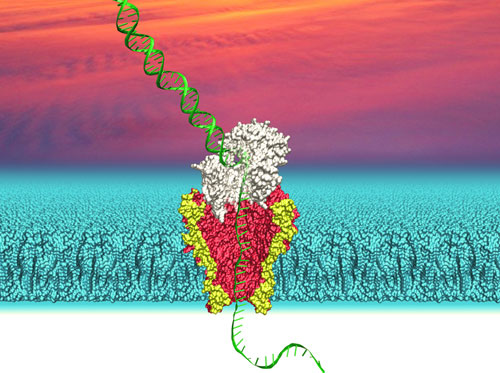 Scientists have created an innovative tool to directly detect the delicate, single-molecule interactions between DNA and enzymatic proteins. Their approach provides a new platform to view and record these nanoscale interactions in real time.
Scientists have created an innovative tool to directly detect the delicate, single-molecule interactions between DNA and enzymatic proteins. Their approach provides a new platform to view and record these nanoscale interactions in real time.
Sep 28th, 2015
Read moreUsing nanometer-scale components, researchers have demonstrated the first optical rectenna, a device that combines the functions of an antenna and a rectifier diode to convert light directly into DC current.
Sep 28th, 2015
Read more